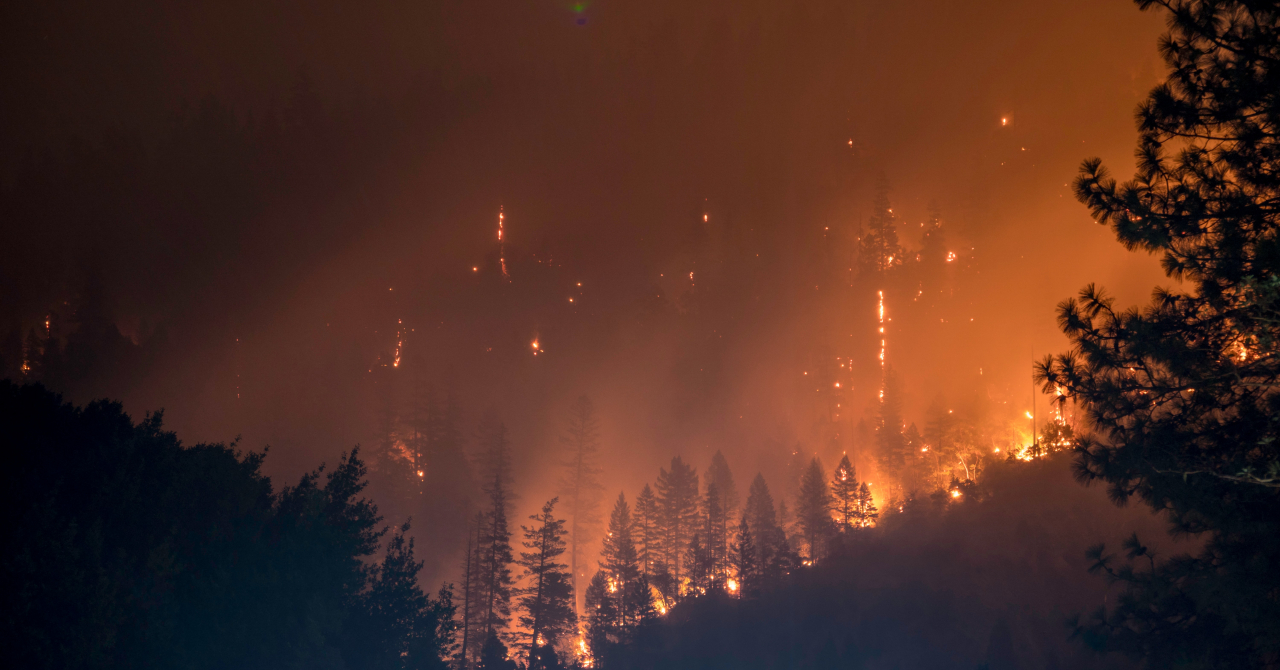More and more wildfires happen globally because of the global warming and some industrial practices the process, such as heavy, uncontrolled tree-cutting.
According to Associated Press News, regions like Western United States, Northern Siberia and Central India find themselves surrounded more often these days by these devastating wildfires.
A report made by the United Nations warn authorities that the rate of apparition for these types of events will rise by a third by 2050 and up to 50% by the turn of the next century.
The same report mentions the fact that the flames will begin to spread to the tropical forests of Indonesia and Southern Amazon.
Andrew Sullivan, member of the Commonwealth Scientific and Industrial Research Organisation in Australia and one of the report’s authors said that “uncontrollable and devastating wildfires are becoming an expected part of the seasonal calendars in many parts of the world.”
The report mentions that global warming is to be blamed here and that it is the main cause for the drought and higher temperatures, the main factors that contribute to the starting of these wildfires.
Another consequence of these fires, beside the destruction of the forests is the release of carbon dioxide in the atmosphere, which raises the temperatures even more.
Some communities in Africa managed to mitigate the chance of wildfire by farming, said Glynis Humphrey, co-author of the report from the University of Cape Town.

Researchers from the U.N. noticed that many countries spend too much money on fighting fires and too little to prevent them in the first place and land use change could only make matters worse.
They suggest that logging is a potential problem, because the left over debris could be a source of fire and at the same time in order to use the land for farming, people would need to get rid of the trees first, the easiest solution for that being controlled fire.
Poor communities are the most affected by the matter, because wildfire contributes to worsening water quality, destruction of crops and last, but not least, reducing the land available for growing crops.
“It’s integral that fire be in the same category of disaster management as floods and droughts. It’s absolutely essential”, Humphrey added.
Officials of the United States unveiled a $50 billion plan to reduce the change of wildfire in the next decade and to do that, they decided to thin the forests around the so called "hot spots", those being the areas where neighbourhoods meet forests.
Researchers called for more awareness on the smoke resulted from the flames that can easily be inhaled and that could affect tens of millions each year, since once released in the atmosphere, it can be carried by the wind for thousands of miles.
 Mihai - Cristian Ioniță
Mihai - Cristian Ioniță



Any thoughts?